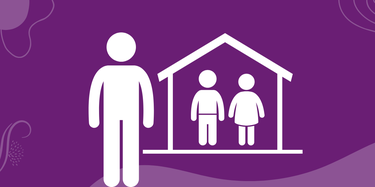HOW DO CHILDREN GRIEVE
A child’s reaction to the death of a loved one will vary depending on their age and previous life experiences and may change from day to day. All children are different, and the below examples of age-related responses may or may not apply to a particular child.
Small children and grief
- Small children under the age of 5 years often do not understand that death is permanent and may ask if the person who has died is coming back.
- They may exhibit behaviors such as clinging to their caregiver or show some regressive behaviors like wetting the bed.
- These behaviors are very common and will usually stop after a certain amount of time has passed.
Older children and grief
- Older children between the ages of 6 and 11 years start to understand that death is forever (though some 6-year-olds will still struggle with this concept) and may worry that other loved family members and friends will die.
- They may start to ask more questions and want to understand what happened.
- They may show their grief through anger and experience physical aches or pains.
Adolescents and grief
- Adolescents and young teenagers from around the age of 12 years understand that death is irreversible and happens to everyone, including themselves.
- They are often interested in understanding why things happen.
- Their reactions will vary and can include apathy, anger, extreme sadness and poor concentration.
Remember, there is no «correct» way to grieve, and no specific stages in which different emotions or behaviors should appear.
Children’s reactions will vary enormously depending on their age, their intellectual ability, their relationship with the person who died, how other family members are responding and the culture and society in which they live.
Adapted from UNICEF.



